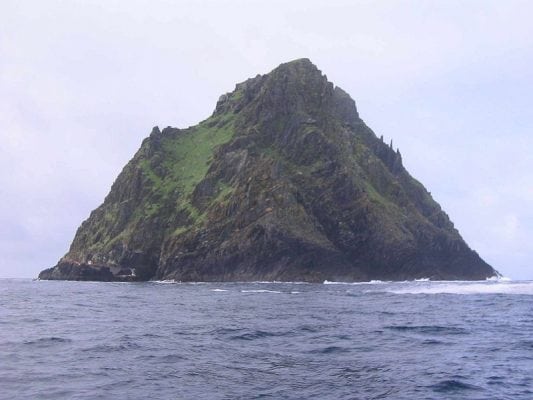- Created: August 28, 2012 11:32 am
- Updated: December 12, 2017 11:02 am
- Distance Instructions
- Distance 3 km
- Time 0 s
- Speed 0.0 km/h
- Min altitude 0 m
- Peak 36 m
- Climb 86 m
- Descent 86 m
The surrounding waters teem with life also. Grey Seals are common, and Basking Sharks, Minke Whales, Dolphins, Beaked Whale, and Leatherback Turtles have also been recorded. The islands have many interesting recreational diving sites due to the clear water, an abundance of life, and underwater cliffs down to 60 meters (200 feet).
Boat trips can be booked from various operators in Valentia Island, Portmagee, Ballinskelligs and Waterville but a trip is very weather dependant due the Atlantic seas
Gallery
The surrounding waters teem with life also. Grey Seals are common, and Basking Sharks, Minke Whales, Dolphins, Beaked Whale, and Leatherback Turtles have also been recorded. The islands have many interesting recreational diving sites due to the clear water, an abundance of life, and underwater cliffs down to 60 meters (200 feet).
Boat trips can be booked from various operators in Valentia Island, Portmagee, Ballinskelligs and Waterville but a trip is very weather dependant due the Atlantic seas


